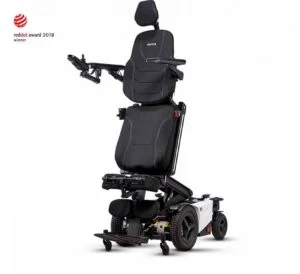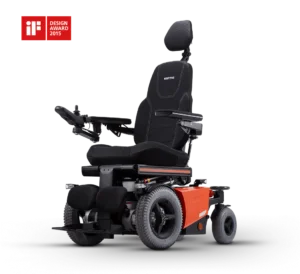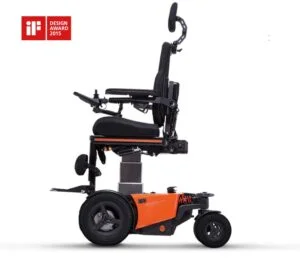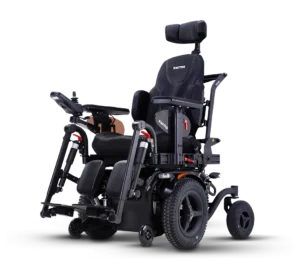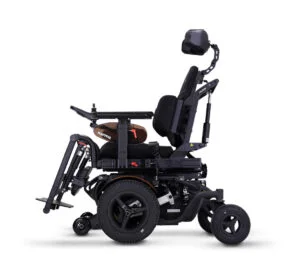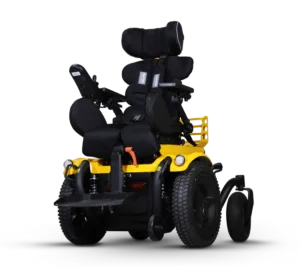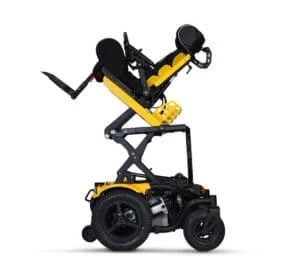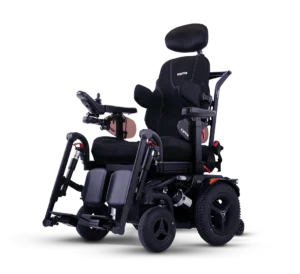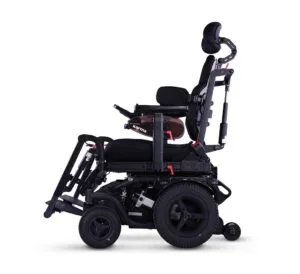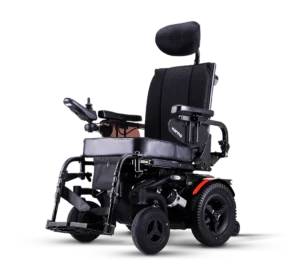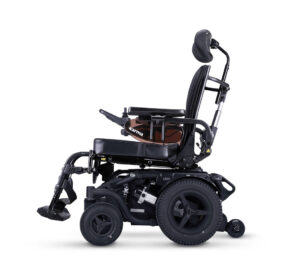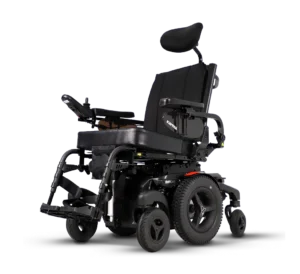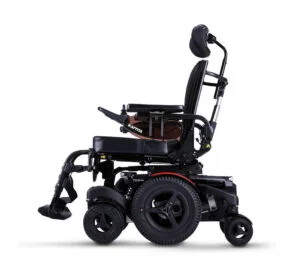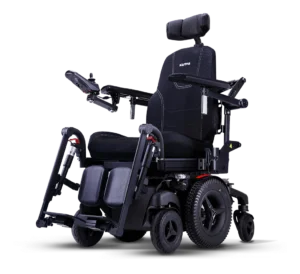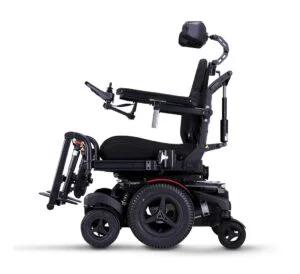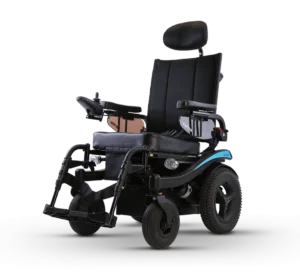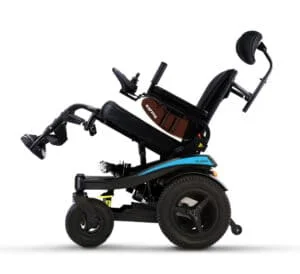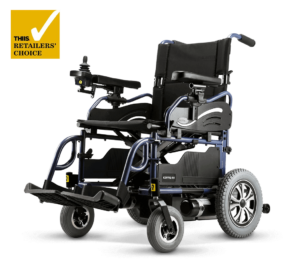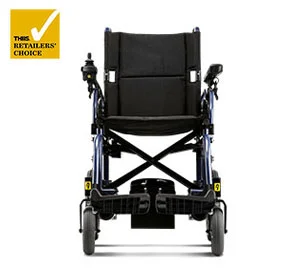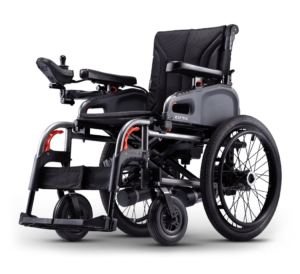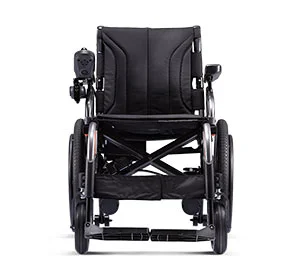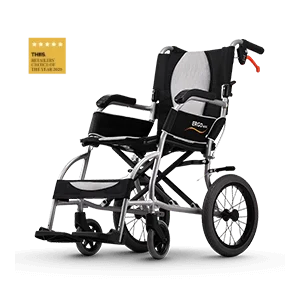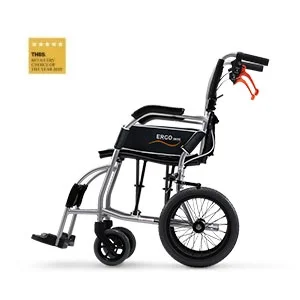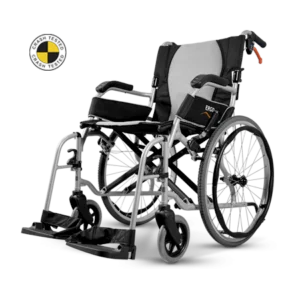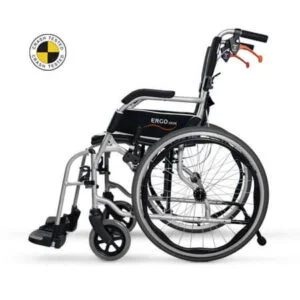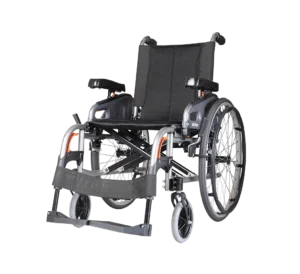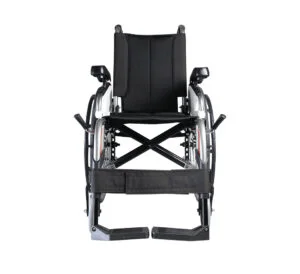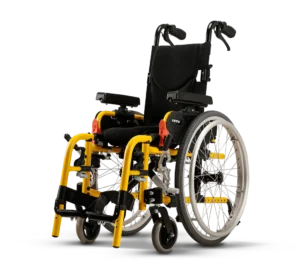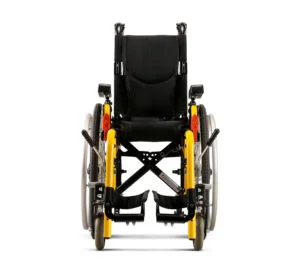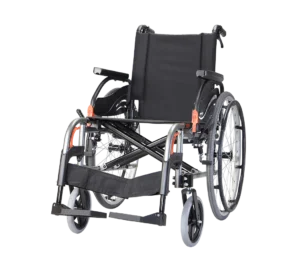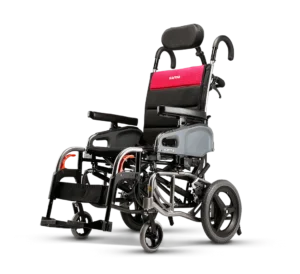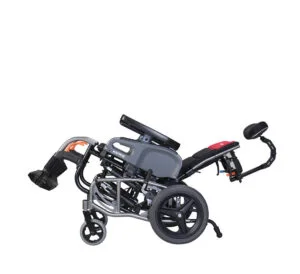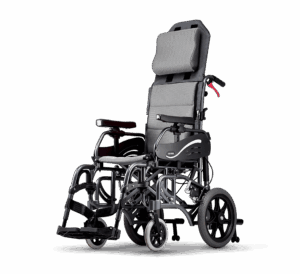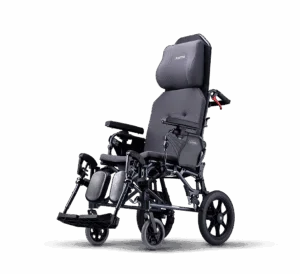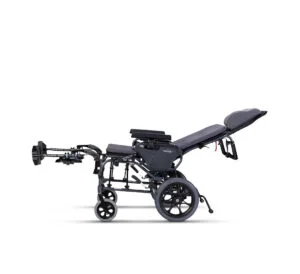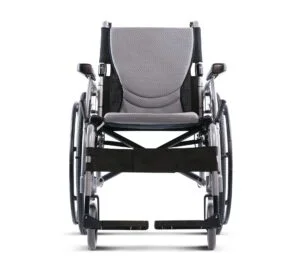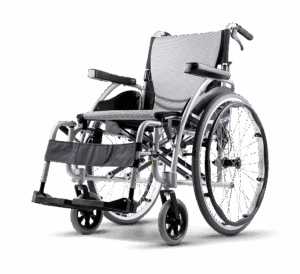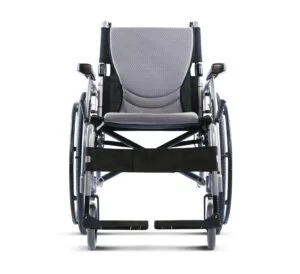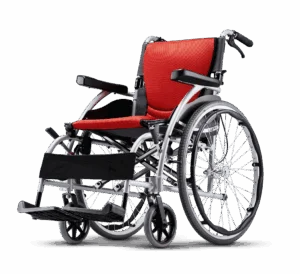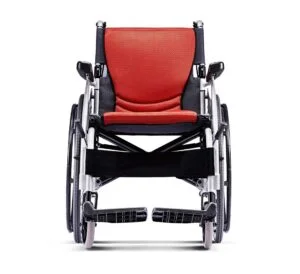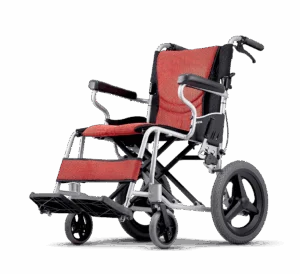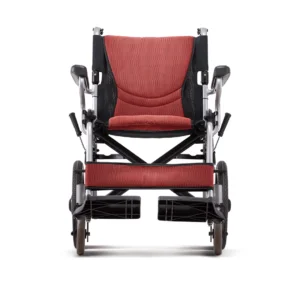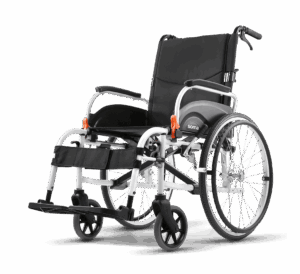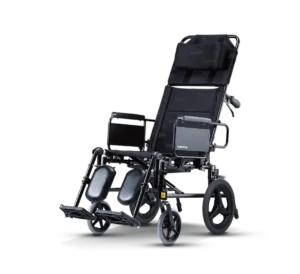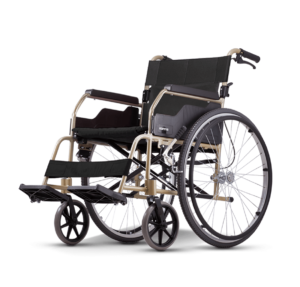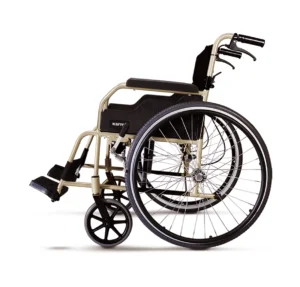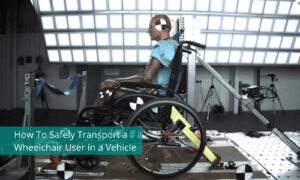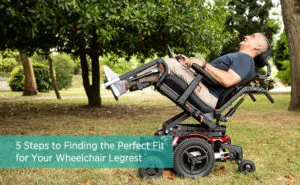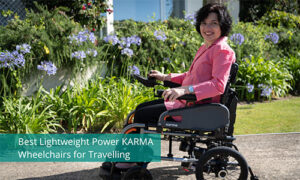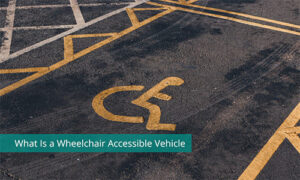When caregivers shop for power wheelchairs, many assume that “crash tested” means ultimate safety. But is that really true? In our conversations with families, therapists, and dealers, we’ve found that even experienced users still hold major misconceptions about what crash testing means in real life.
In this post, we’re breaking down some of the most common misconceptions about wheelchair crash testing and what you really need to know.
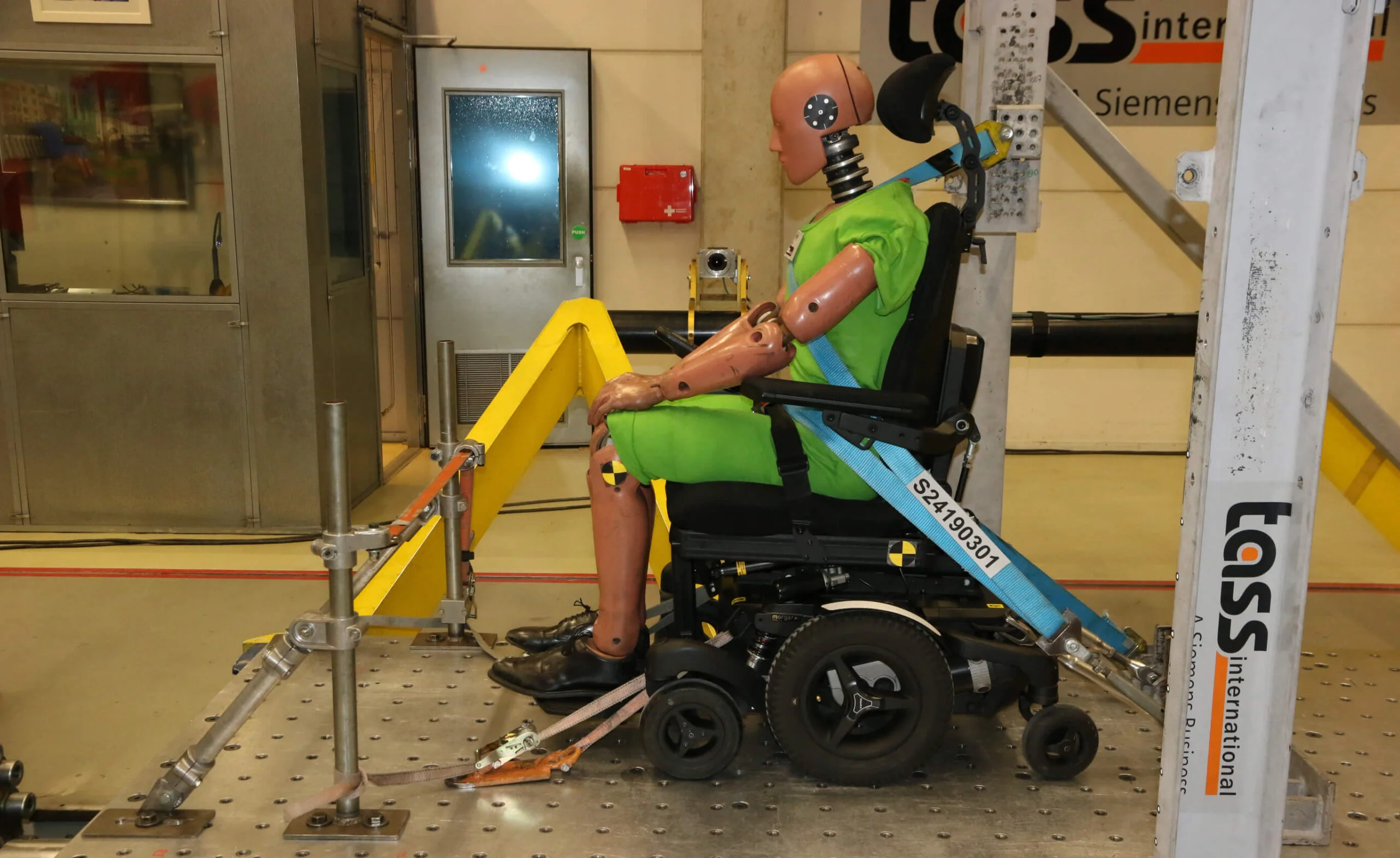
Would your wheelchair survive a crash? Certified testing ensures the answer is yes.
Pictured: Crash-tested model – Morgan M Lectus.
1. “A crash-tested wheelchair protects you like a car seat.”
The truth: A crash-tested wheelchair is designed to stay intact and properly secured during a crash, reducing the risk of injury. However, it doesn’t offer the same crash protection as a vehicle seat with airbags or a seatbelt built into the frame. You still need a proper occupant restraint system.
2. “You can use any part of a crash-tested wheelchair to tie it down.”
The truth: Only use designated, clearly labeled tie-down points that have been tested as part of the crash test protocol. Never secure the wheelchair by armrests, footplates, or accessory mounts — these aren’t structurally built to withstand crash forces.
For a KARMA wheelchair, search for this label:
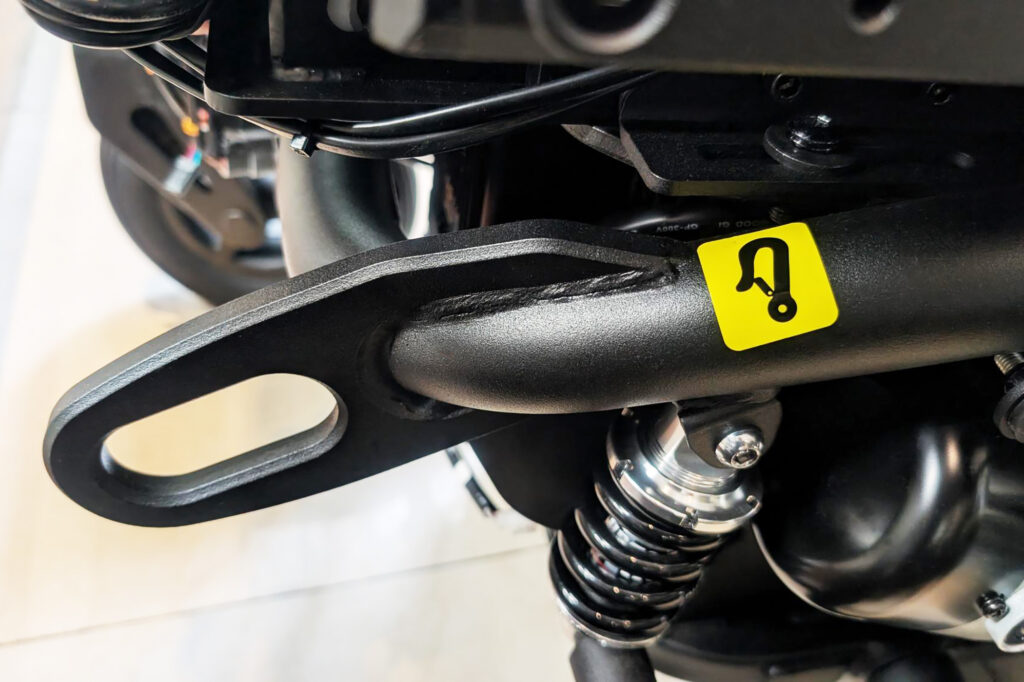
Power Wheelchair
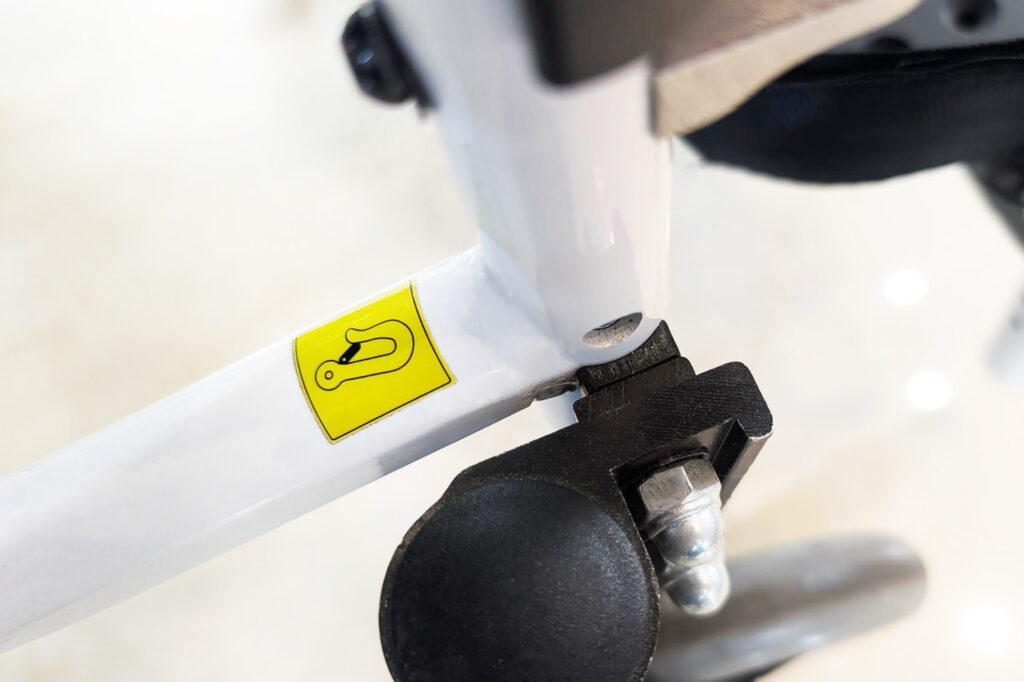
Manual Wheelchair
3. “As long as the wheelchair is tied down, it’s safe.”
The truth: Tying down the wheelchair is just one part of the equation. The user also needs a separate, properly positioned seatbelt system — ideally a lap and shoulder belt, anchored to the vehicle, not the wheelchair. This is critical to prevent serious injury during a crash.
👉 Want to learn more? Read our full guide: How to Safely Transport a Wheelchair User in a Vehicle ›
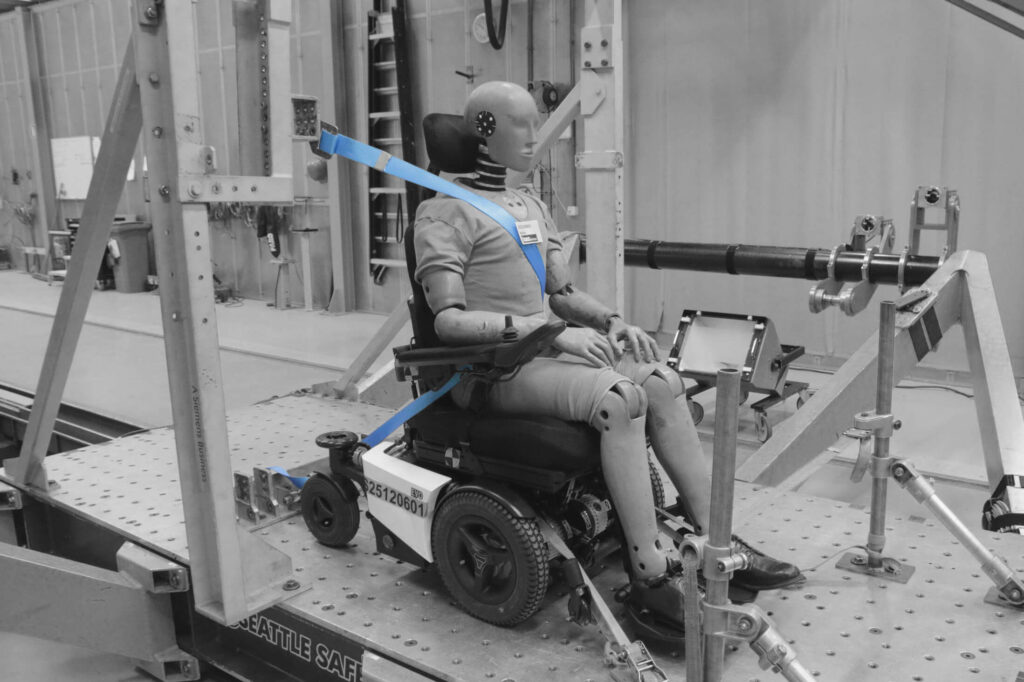
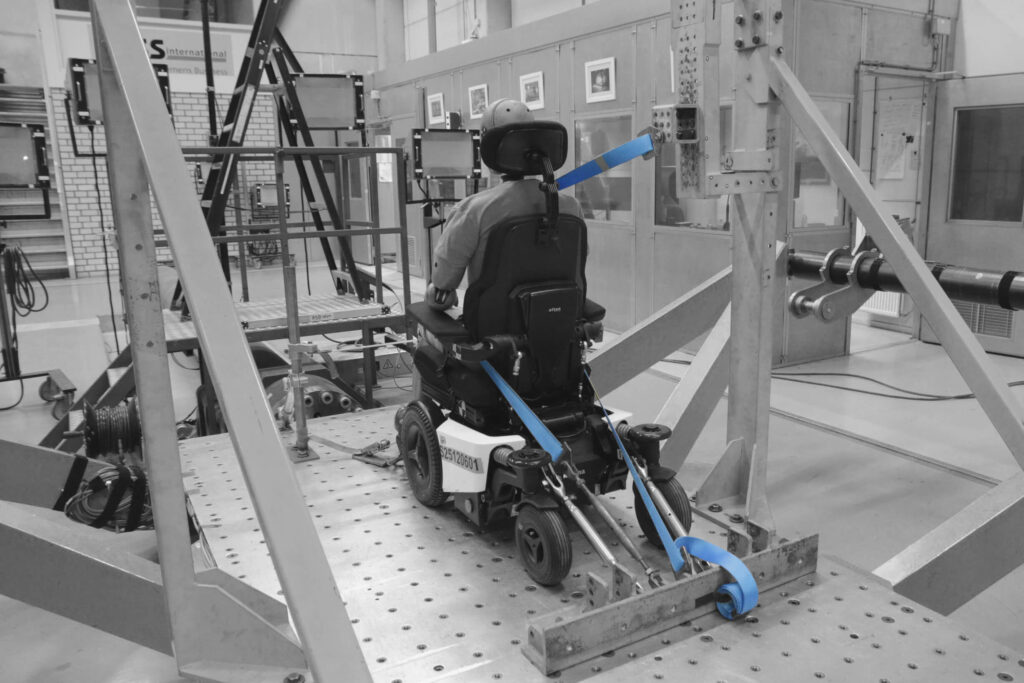
4. “ ‘Crash tested’ means the entire wheelchair is safe for travel.”
The truth: Crash test certification usually applies only to a specific configuration — the exact frame, seating system, headrest, tie-down points, and sometimes even the cushion used during the test. If you swap any major part (like a backrest), additional tests are usually required.
5. “All power wheelchairs are crash tested.”
The truth: Not all power wheelchairs undergo crash testing — especially complex rehab models or those with modular components. If crash test is your priority, ask for official documentation or check the manufacturer’s compliance with ISO or RESNA standards.
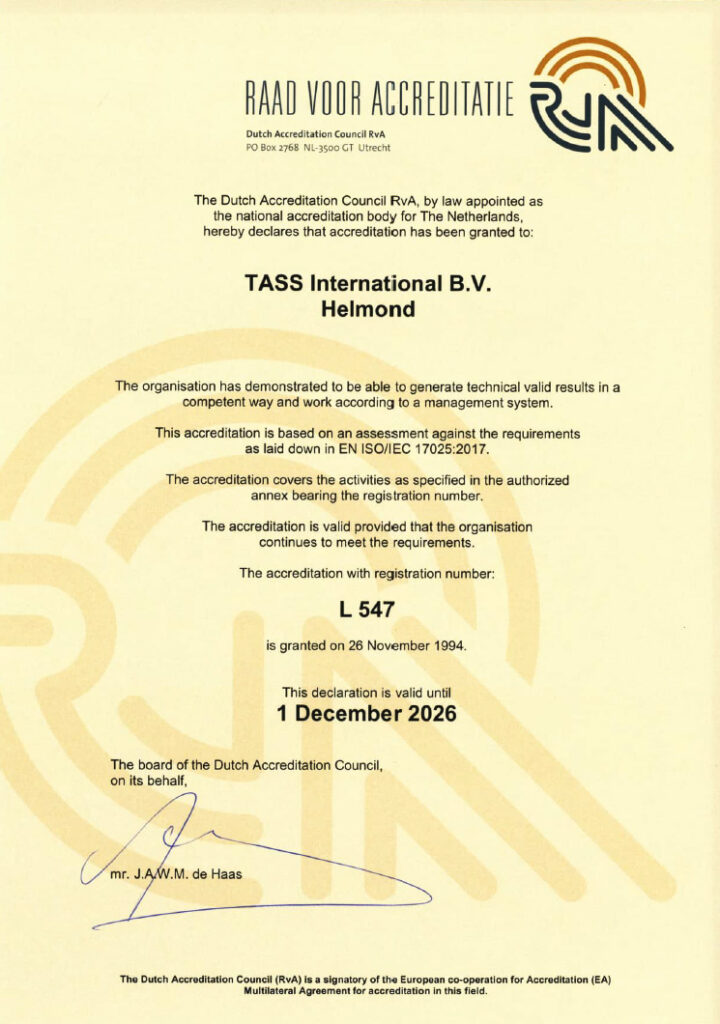
Certified Products: EVO1.1 Altus & EVO1.1 Lectus LR Tested and certified by TASS Laboratory to meet safety and performance standards.
🔎 Curious about how KARMA ensures safety?
Read more in KARMA’s Innovation: Testing and Reliability of KARMA Wheelchairs ›
What You Can Do
- Look for wheelchairs that are certified to ISO 7176-19 or RESNA WC19 standards.
- Always use approved tie-downs and occupant restraints during transport.
- Ask your dealer or clinician to confirm if your specific wheelchair setup is crash tested.
- Never assume — always check the label or documentation.
Transport safety isn’t about labels—it’s about decisions. Knowing how crash-tested systems work, and using them correctly, gives wheelchair users the confidence to travel with greater safety and peace of mind.
Whether you’re a caregiver, clinician, or user, understanding these basics helps ensure that the wheelchair—and the person using it—arrives safely every time.
Explore Our Crash Test Approved Models:
FAQ|Think Your Wheelchair Is Travel-Safe? Think Again.
Q1. If my wheelchair says “crash tested,” am I fully protected?
A: Not entirely. A crash-tested wheelchair helps, but it doesn’t come with airbags or built-in restraints. You still need to wear the vehicle’s lap and shoulder belts for full protection.
Q2. Can I just strap the wheelchair anywhere to keep it in place?
A: No. Only use the marked tie-down points on the wheelchair. Don’t use armrests, footrests, or accessories—they can break during a crash.
Q3. If the wheelchair is tied down, do I still need a seatbelt?
A: Yes! Securing the wheelchair doesn’t secure you. You also need a properly positioned lap and shoulder belt anchored to the vehicle, not the chair.
Q4. If the wheelchair is crash tested, is it always safe no matter how I use it?
A: Not always. Crash tests apply to a specific setup, like the original seat, cushion, headrest, and tie-down points. If any of these parts are swapped or adjusted, the wheelchair may no longer meet the tested safety standard..
Q5. Aren’t all power wheelchairs crash tested these days?
A: Not all of them! Especially complex or customizable models may not be crash tested. If transport safety matters to you, ask for ISO 7176-19 or WC19 certification.
Morgan M Lectus underwent dynamic crash testing at TASS Laboratory to verify its performance in real-world collision scenarios.
“Want to make sure your wheelchair is truly crash tested? Ask your dealer about ISO 7176-19 certification or contact us for more info.”
Contact UsKeep Reading

 Global
Global
